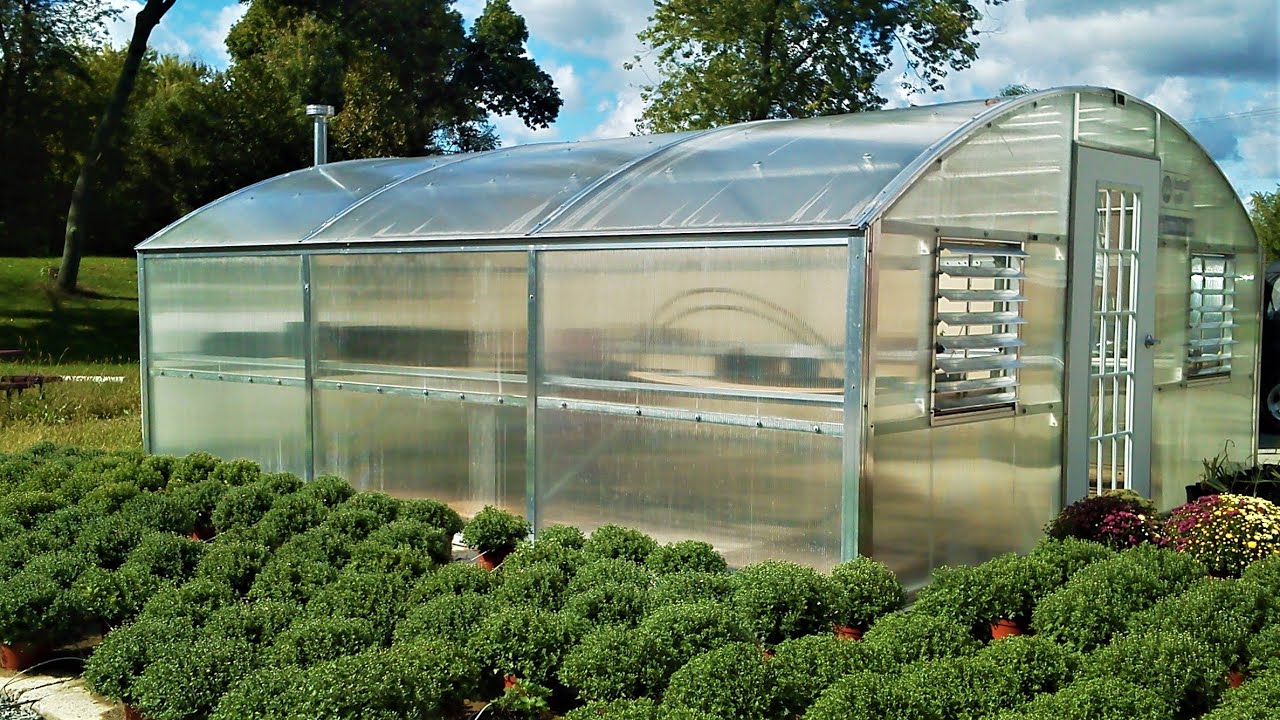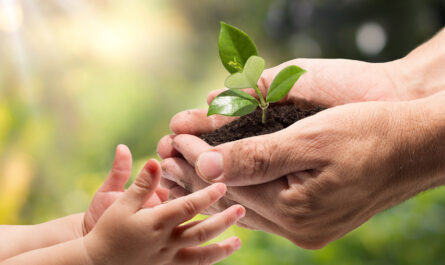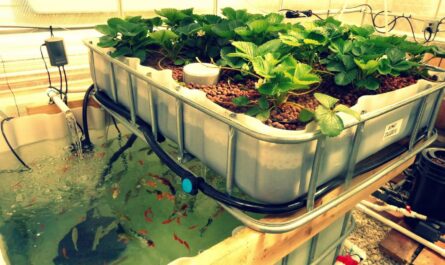Introduction to Greenhouse Farming
Greenhouse farming provides an innovative solution for crop production across different seasons. By controlling the environmental conditions inside enclosed structures, farmers can grow a wide variety of vegetables, fruits, flowers, and herbs throughout the year. With innovative technologies, greenhouses offer yields that are higher and more reliable than traditional outdoor cultivation methods.
Key Benefits of Greenhouse Farming
Higher Yields with Less Land
Compared to open-field farming, greenhouse cultivation allows for several harvesting cycles per year on the same plot of land. With optimal temperature, light, water, and nutrient conditions controlled inside, greenhouses can produce crops 3-4 times faster than outdoors. This significantly boosts overall yields from a smaller land area.
Reliable Production Despite Weather
Destructive weather events like heavy rainfall, frost, or scorching heat have little impact on greenhouse crops. By shielding plants inside controlled growing environments, farmers can insulate crops from weather vagaries and ensure stable production volumes year-round. This supply continuity caters well to the demands of modern supply chains and consumers.
Reduced Water Consumption
Precision irrigation systems inside Greenhouses Produce allow for prudent water usage according to the specific needs of each crop species. Drip irrigation and fogging methods minimize evaporation losses and maximize water efficiency compared to open-field sprinklers. On average, greenhouse cultivation requires 85% less water than field production of the same crops.
Pest and Disease Management
Greenhouse structures act as physical barriers that protect crops from invasive pests like insects and diseases. Controlled temperature also deters many insects and prevents spread of harmful pathogens. Integrated pest management practices within enclosed spaces also facilitate targeted solutions with minimal environmental impact.
Major Crops Grown in Greenhouses
Some of the most common crops commercially grown in greenhouse setups include:
Tomatoes
With their popularity in cuisines around the world, tomatoes are one of the top vegetable crops cultivated in protected environments. Greenhouse tomatoes deliver higher yields annually compared to field production. Leading global producers include Netherlands, Spain, USA, and China.
Cucumbers
Ideal for growing on trellises or racks inside greenhouses, cucumbers thrive in temperature-controlled, high humidity conditions. Major producers are Netherlands, Spain, Russia, and China. With their cylindrical shape, baby cucumbers also fetch premium prices.
Peppers
Climate-resilient Greenhouse Produce farming has boosted worldwide production of different pepper varieties like bell peppers, chili peppers, and jalapeños. Besides field vegetables, greenhouse peppers are gaining popularity as a year-round kitchen staple.
Strawberries
Renowned for their taste and nutritional qualities, strawberry production has greatly increased with adoption of greenhouse techniques. As a high-value crop, strawberries are well-suited for commercial scale production inside controlled microclimates. Major producers are USA, Spain, Morocco, and Japan.
Lettuces
With ever-growing health conscious consumer demand, leafy greens such as butterhead, romaine, and baby lettuces are lucrative greenhouse crops. Their growth is finely attuned to temperature, daylight hours, and humidity conditions that greenhouses can readily provide.
Looking Ahead: Future of Greenhouse Farming
As concerns over sustainable agriculture heighten, greenhouse farming methods will play an increasingly important role in meeting rising food demand. With recent technological innovations, upcoming trends include:
– Automation and precise monitoring sensors that optimizeYields using IoT and data insights into microclimate management
– Advanced greenhouse designs with optimal natural lighting and passive heating/cooling for lower energy footprints
– Expanded use of hybrid or offshore greenhouse models (e.g. floating greenhouses) to push boundaries of arable land
– Wider adoption of hydroponics and aquaponics to combine fish and plant cultivation for integrated food production
– Development of multi-story vertical farm designs for ultra-high density Year-round crop yields within urban footprints
Concluding Remarks
As global population is projected to reach nearly 10 billion by 2050, innovative greenhouse farming techniques will be pivotal for sustainably scaling up agricultural productivity from limited land resources. With precise planning and controls over growing conditions, protected cropping systems can help ensure year-round local food security alongside import/export supply continuity. Going forward, optimized greenhouse designs and further mechanization hold promise to make closed-environment agriculture an economically competitive and ecoliterious solution for communities worldwide.
*Note:
1. Source: Coherent Market Insights, Public sources, Desk research
2. We have leveraged AI tools to mine information and compile it.



